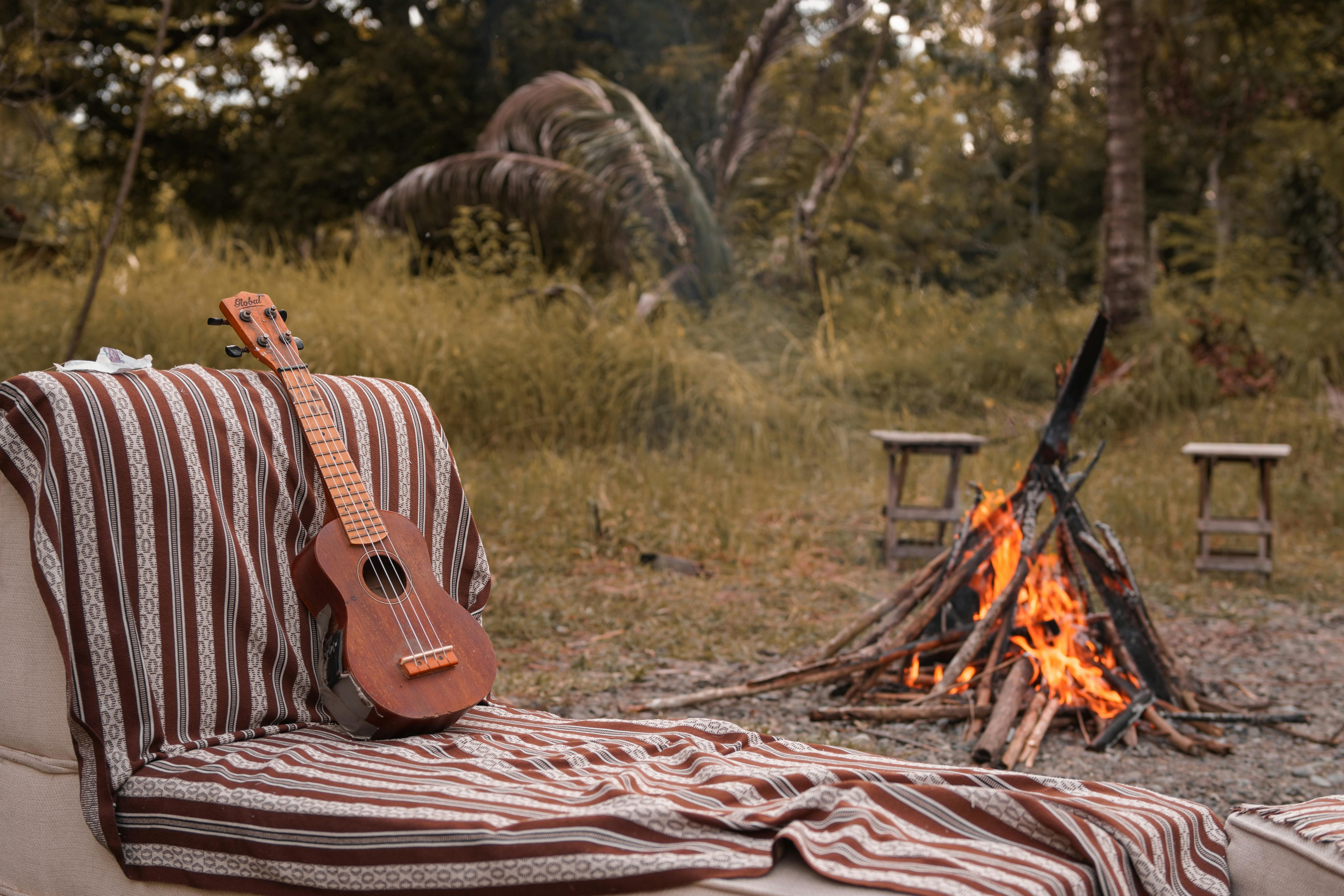There’s nothing quite like the warmth and ambiance of a campfire during a camping trip. Whether you’re roasting marshmallows, sharing stories, or simply enjoying the crackling flames, a campfire is an essential part of the outdoor experience. However, starting a campfire can sometimes be a challenge, especially in damp or windy conditions. That’s where campfire starters come in handy. In this guide, we’ll explore some of the best campfire starters to ensure you can get your fire going quickly and easily.
1. Commercial Fire Starters
Commercial fire starters are a convenient and reliable option for campers. These products are designed to ignite quickly and burn for a long time, making them ideal for starting a campfire. Some popular options include:
- Firestarter sticks: These are made from compressed sawdust and wax, providing a long-lasting flame.
- Firestarter cubes: These small, lightweight cubes are easy to pack and ignite with a single match.
- Firestarter gel: This gel can be applied to wood or kindling and ignites easily, even in wet conditions.
2. DIY Fire Starters
If you prefer a more budget-friendly and eco-friendly option, you can make your own fire starters using materials you likely already have at home. Here are a few DIY fire starter ideas:
- Egg Carton Fire Starters: Fill each cup of a cardboard egg carton with dryer lint or sawdust, then pour melted wax over the top. Once the wax hardens, cut the cups apart, and you have individual fire starters.
- Cotton Balls and Petroleum Jelly: Soak cotton balls in petroleum jelly and store them in a waterproof container. These fire starters are lightweight and easy to ignite.
- Pinecone Fire Starters: Dip pinecones in melted wax and let them cool. These not only work well but also add a pleasant scent to your campfire.
3. Natural Fire Starters
For those who prefer to use natural materials, there are several options available in the great outdoors:
- Birch Bark: Birch bark is highly flammable and can be easily peeled from fallen trees. It’s an excellent natural fire starter.
- Fatwood: This resin-rich wood, often found in the stumps of pine trees, ignites quickly and burns hot.
- Dry Leaves and Grass: Collect dry leaves, grass, and small twigs to use as kindling. These materials catch fire easily and help get your campfire started.
4. Tips for Using Fire Starters
- Preparation: Gather all your materials before you start. Have your fire starter, kindling, and larger logs ready to go.
- Safety: Always follow fire safety guidelines. Clear the area around your fire pit, keep water or a fire extinguisher nearby, and never leave your campfire unattended.
- Layering: Place your fire starter at the base of your fire pit, then add kindling and larger logs on top. Light the fire starter and let it do its magic.
With the right campfire starter, you can enjoy a roaring fire in no time. Whether you choose commercial products, DIY solutions, or natural materials, having a reliable fire starter is key to a successful camping trip. Happy camping!


